Category: News
-
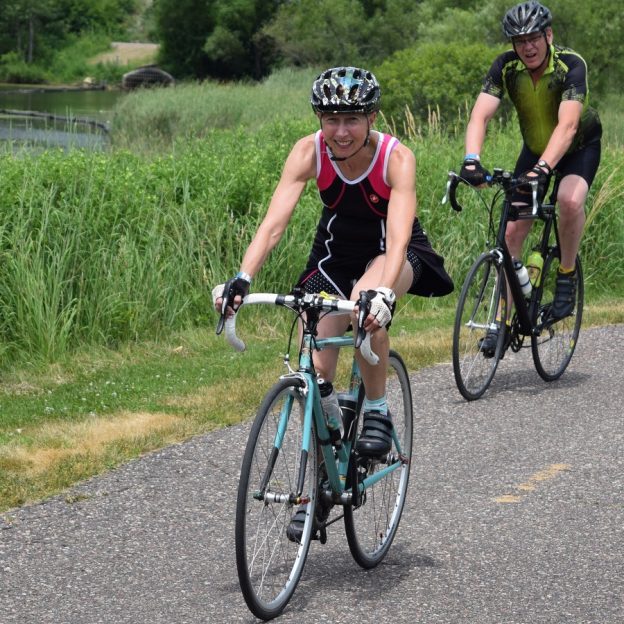
‘Rock-N-Roll the Lakes’ bike ride in Southern Minnesota is back
As the hometown of rock-n-roll icons Eddie Cochran, and Marion Ross (also known as Mrs. C from Happy Days) knows, Albert Lea, MN is a place to rock! You’re also likely to spot one of the many eagles, pelicans, and countless other birds and wildlife that live in the area when riding around the local…
-

Use protection, it could save your skin….
Use protection, a reminder from the ’90s with Baz Luhrmann’s song, “Everybody is free to wear sunscreen.” A timeless reminder that many forget. We get so caught up in preparing for our races and rides. We check our equipment and focus on our nutrition. We check whether we have all our goodies and gear during…
-
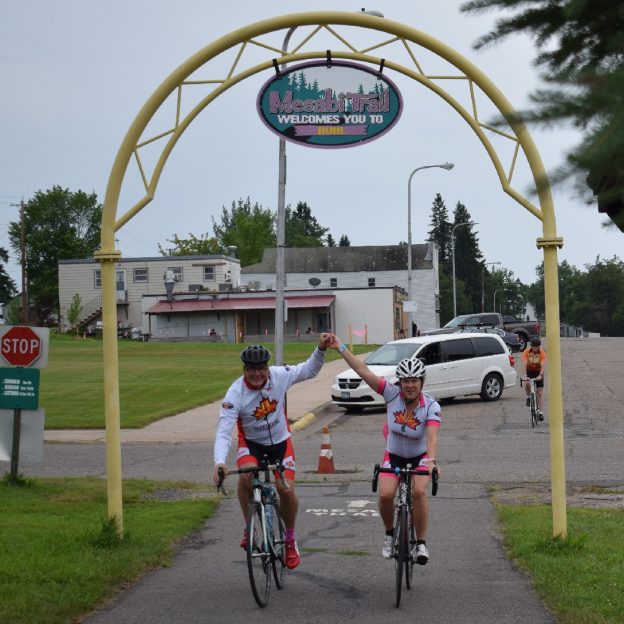
Fun memories and spectacular views on the Mesabi Trail Tour
Join old and new friends on the Mesabi Trail Tour for the most fun you can have on two wheels. The 2025 Great River Energy Mesabi Trail Tour returns on August 2nd with five fun distances for your next bike adventure. Choose from 5 different routes – 12, 26, 46, 58, or 70 miles. All…
-
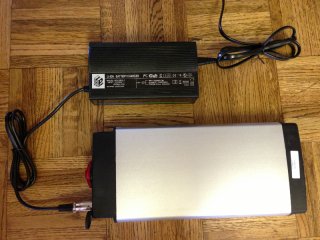
5-tips to extend a lithium battery life for e-bikes and other power tools
Electric bicycles and e-power tools are becoming increasingly common in most countries worldwide. Here are some tips to extend the lithium battery life.
-
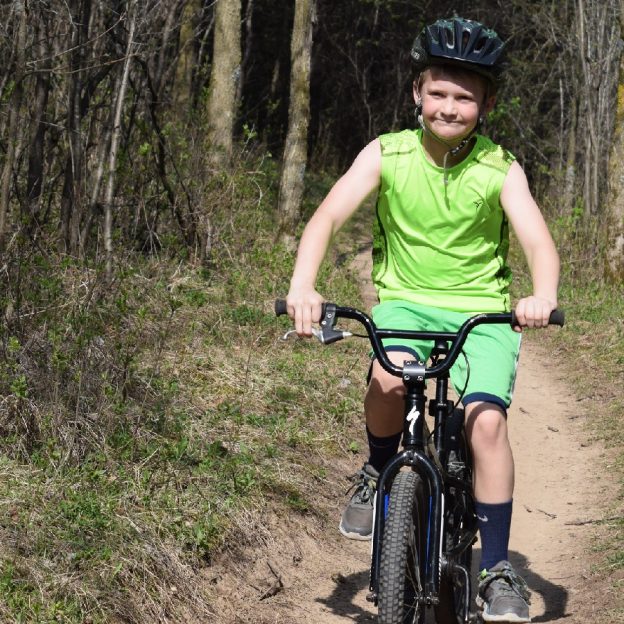
With these tips, wood ticks won’t haunt your next outdoor adventure
Unless you enter the annual Woodtick Races in Cuyuna, MN, on June 8th, these bloodthirsty wood ticks are annoying and could be hazardous to your health. Especially if you are biking or hiking on trails through the woods or in tall grass. Always take note as you enjoy your outdoor adventures. These little critters, especially…
-
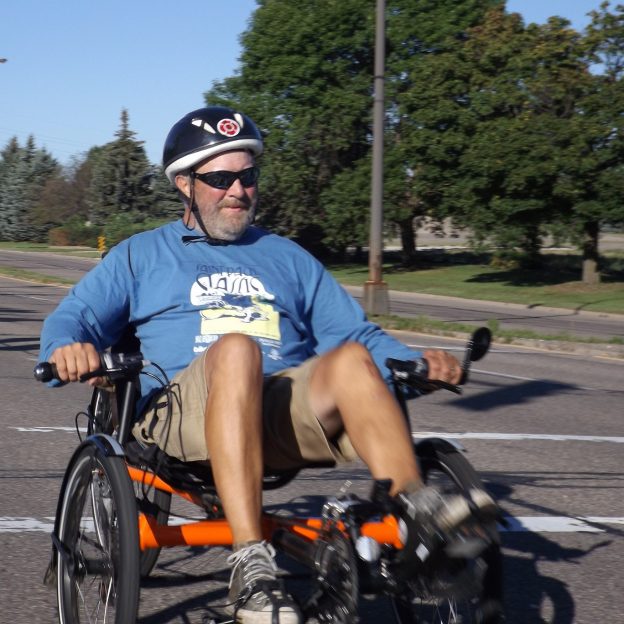
Biking Options For Cyclists With a Disability To Stay Active
Did you know that being disabled or leading a sedentary lifestyle is as dangerous as smoking 20 cigarettes a day? The answer is that everyone should get more exercise and riding a bicycle may be a possibility.
-
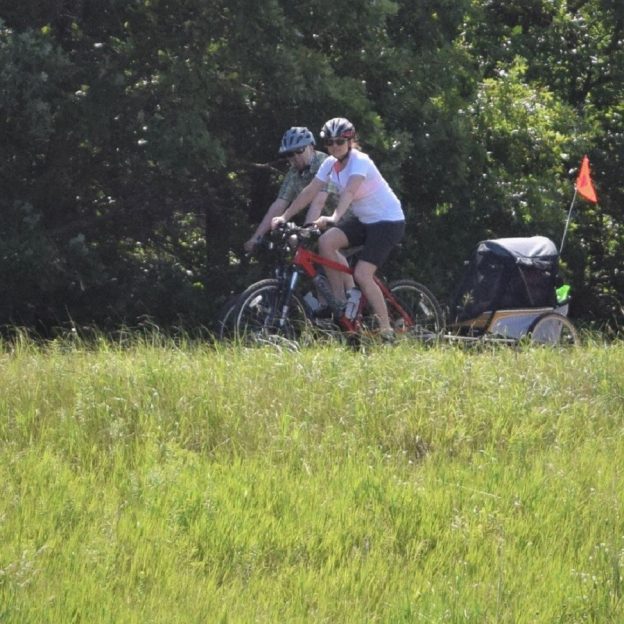
Discover the pleasure of biking around Brainerd
The farther you drive north, the more you’ll be surrounded by lakes and never-ending trails. And the Brainerd Lakes Area is no exception. Here, you are in luck when you want to escape the city to taste the come-stay-for-a-while vibe of relaxing by the lakeside in northern Minnesota.
-
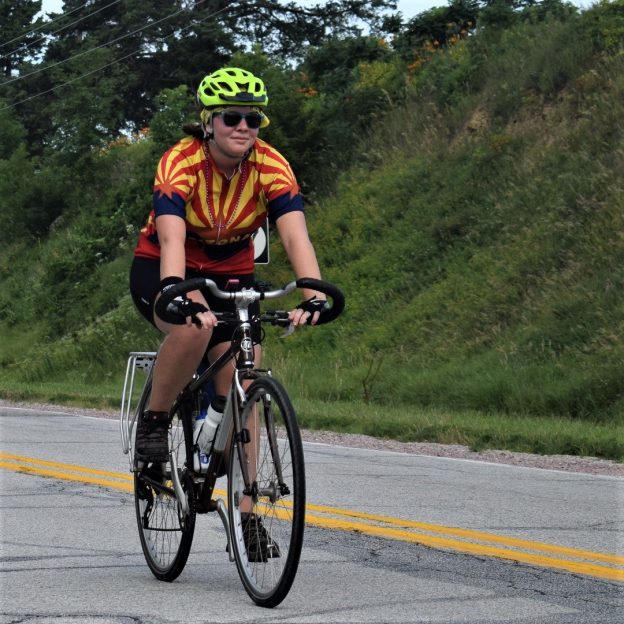
Being visible and noticed doesn’t end when the sun comes up
Now with spring riding soon in full swing, stay visible and noticed. Wear clothing that makes you stand out to others while riding your bike or walking. Being noticed by others is the key to avoiding accidents. Focus on the two forms, passive and active visibility, to help stay safe. Things like reflectors and bright…
-

The MN Bike/Hike/Paddle Guide has many fun destinations to explore
We are now in our 16th year of publishing the Minnesota Bike/Hike/Paddle Guide. We hope you find all the bike-friendly maps helpful in planning your next outdoor adventure. Use this guide to help you select your next fun outing with family and friends. We have added some suggested route options to most of the maps,…
-
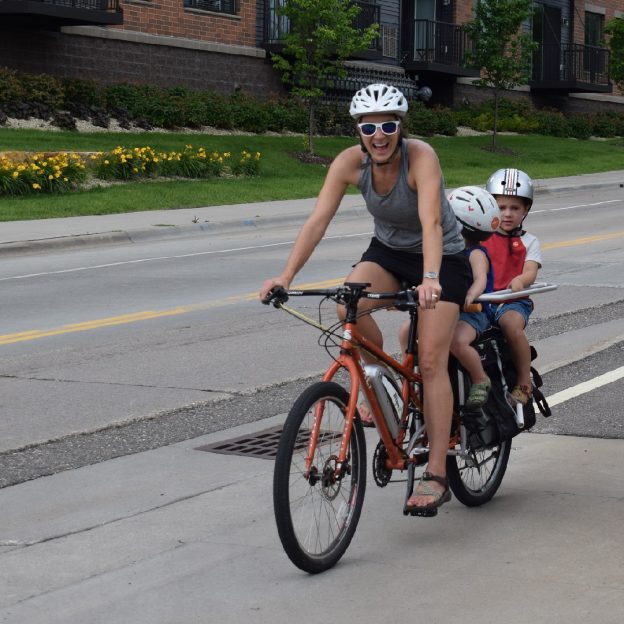
Bike around Lakeville and discover its treasures
Your vacation time is precious, and that’s not something Lakeville takes lightly. Located on the south side of the Twin Cities, the bike-friendly small town is the perfect getaway for those wanting a break from the big city noise. Breathe in all the fresh Minnesota air you want as you enjoy your favorite outdoor activities.…
